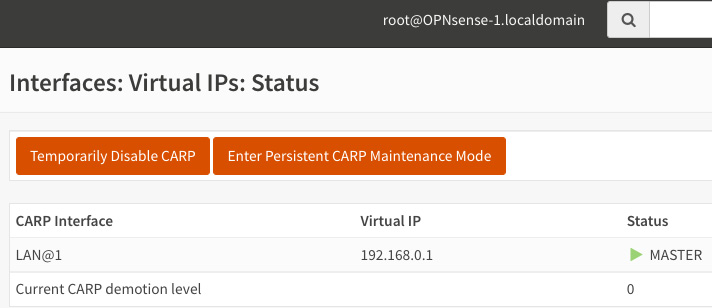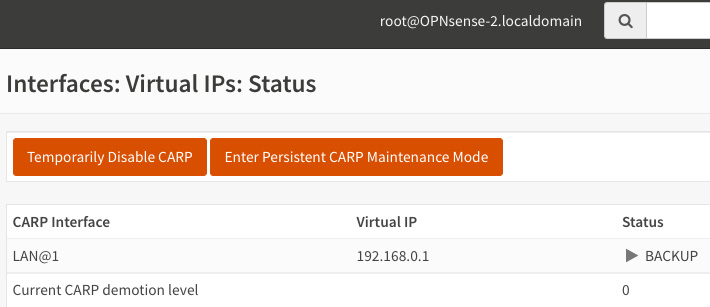Chapter 17: Firewall High Availability
In this chapter, we will learn how to configure high availability by connecting two firewalls to sync configuration, connect states, and preserve network connectivity if something goes wrong with one of our firewalls. By the end of this chapter, you will understand the concepts surrounding high availability and be able to implement them using OPNsense.
In this chapter, we will cover the following topics:
- High availability concepts
- Configuring high availability
- Testing the HA configuration



